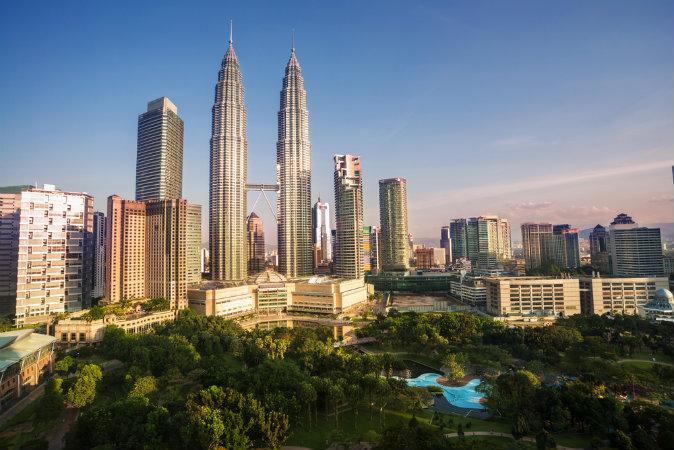Next to Tokyo, Kyoto is the second more popular city for tourists to visit, and it should be. Kyoto was the first capital back in 794AD and today it’s become Japan’s living cultural archives.
If you’ve come to see shrines and temples, you can’t go wrong visiting Kyoto. This city has more than 1600 Buddhist temples and over 400 Shrine shrines. Regardless of how you spend your time exploring, it would be impossible to leave Kyoto without running into one.
Many people who visit are interested in visiting the UNESCO World Heritage Sites in Kyoto, and for those who are, you won’t be disappointed as there are 17 of them. It would be impossible to see all of them given most people’s itineraries, and honestly you shouldn’t rush them because they are all beautiful in their own way and deserve ample time spent to appreciate them.
So instead of trying to fit in as many as possible, here are 7 of the must-visit UNESCO World Heritage Sites in Kyoto.
Kinkaku-ji






